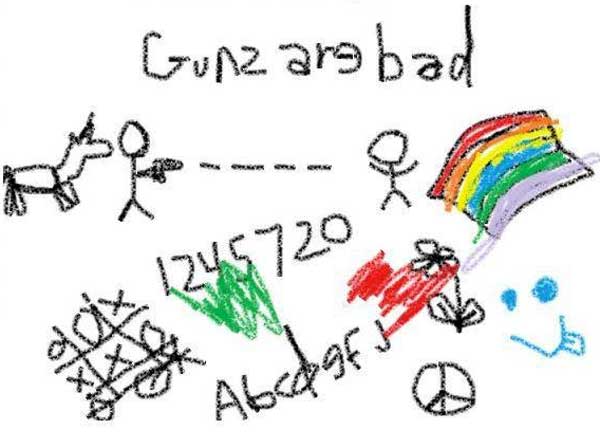‘I never expected I would touch my gun’: Dad pulls CCW gun to protect family in Westroads shooting
OMAHA, Neb. — A metro area dad said the choice was easy to grab his concealed carry weapon and protect his family as gunfire erupted at Westroads Mall Saturday.
“My daughter is getting baptized next weekend so I wanted to get a nice special outfit for her baptism,” Scott Tafoya said. As Tafoya was trying on a suit in Von Maur Saturday, his wife and two daughters went upstairs to shop.
He noticed commotion and saw people running. One man made eye contact with him. “I looked in his eyes and he yelled, ‘Shooter,’” Tafoya said. He took off upstairs to find his family. As he did, he grabbed his gun. His wife told him she heard gunfire.
“Every indication said our lives were in danger and I was going to do everything in my power to make sure we got out of there OK,” Tafoya said.
He’s a legal conceal carry permit holder, even though Westroads Mall is a weapon-free zone.
“I knew that if I ever pulled that out it would truly be a life and death situation and I would deal with the consequences later,” he said.
As Von Maur employees shuttled shoppers into a bathroom, he stood guard.
“I said I have a permit, I’m legal,” he said. He said he stood near the escalators to draw any threat away from where his family was.
“Everyone else on the third floor just got added into that because the best way to keep my family safe was to make sure nobody with ill intentions came up that escalator.” In that moment, he said he didn’t feel fear, but something else. “I was sad. Because I wasn’t expecting to, if it was real I didn’t think I was going to come home,” he said.
Tafoya said he took the bullets out of his gun and walked toward police with his hands up as soon as they arrived.
“I unloaded my weapon, I put it back in the holster where it was very visible that the slide was locked open. I put my permit in my hands and my hands above my head,” he said. He said police allowed him to leave without facing any charges.
“I don’t condone anyone breaking the law. I made the decision that was right for my family, and I stand behind it. I may still get in trouble for it, if I do, it was worth it,” he said.
Tafoya said gun-free zones put people at risk. “I do not want to be carrying a weapon ever. It’s not comfortable, I don’t like it, I wish there was not a need for it,” he said.
Tafoya said he’s been a permit holder for around four years.
“I never, never ever expected to ever touch my gun. But, I’m exceptionally thankful that I had it,” he said.
He adds this won’t discourage him from going to the mall. Westroads Mall said it will have a weapon sniffing dog on premises for the time being.




